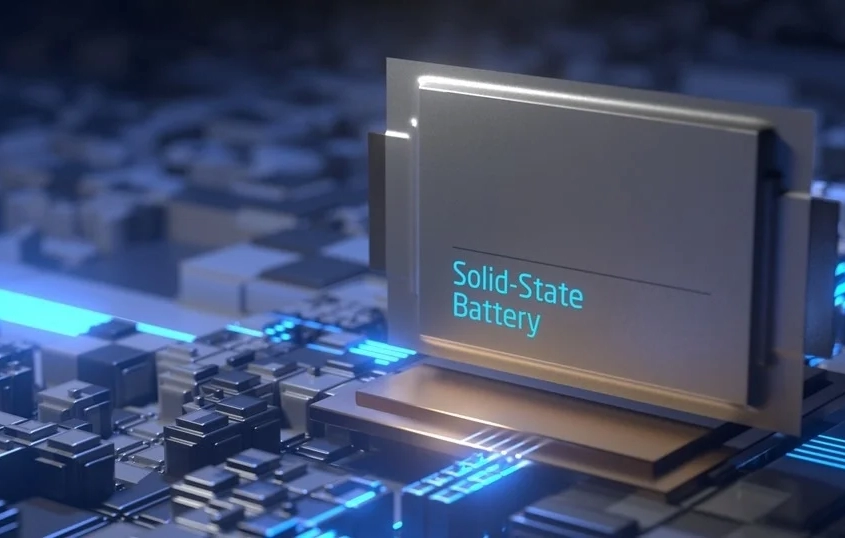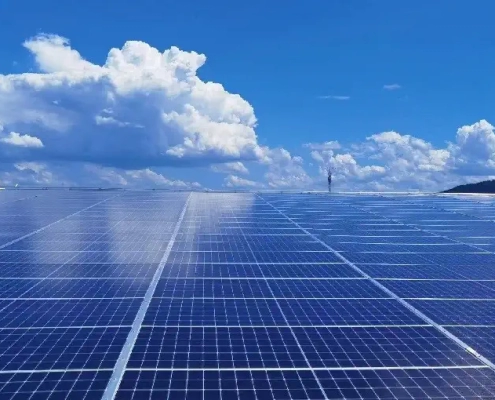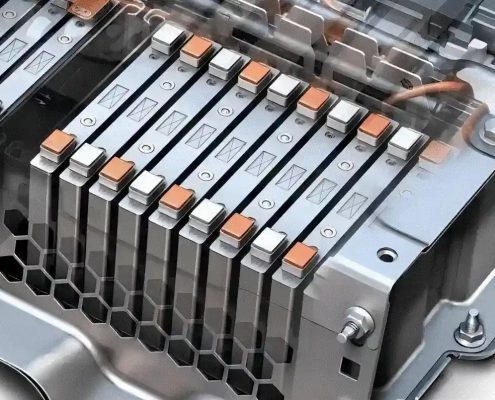Solid State Battery News: China to Invest 6 Billion Yuan in R&D
Table of Contents
On May 29th, it was reported that China plans to invest 6 billion yuan in solid-state battery research and development. This investment will support six companies, including CATL, BYD, FAW, SAIC, Welion, and Geely.
At the same time, competition in the solid state battery industry is heating up. Companies are speeding up their research and announcing their production timelines. However, there are still many challenges to commercialization. High costs are the main barrier to making solid state batteries widely available.
Compared to traditional liquid batteries, solid state batteries have higher production costs. This is due to the new materials and designs used, which are more expensive to produce.
To tackle the high costs, some companies are turning to semi-solid batteries as a compromise. However, these do not perform as well as full solid state batteries. The challenge is to lower costs while maintaining performance. Experts believe that with continuous technological advancements and process improvements, the cost of solid state batteries will decrease, making them more commercially viable.

Companies Announce Production Timelines
Companies are eager to announce their production timelines for solid state batteries. Among the six companies involved, there are lithium battery firms and car manufacturers. Most aim to start mass production by 2027.
In April, CATL’s chief scientist, Wu Kai, shared that their solid state battery maturity level is at 4 on a scale of 1-9. By 2027, they aim to reach level 7-8, which could allow for small-scale production. However, large-scale production is still a challenge due to high costs.
Welion, a private company in Beijing, expects to achieve mass production of solid state batteries by the end of 2026, enhancing battery safety by then.
On May 30th, Lianhong Xinke, a listed company, announced progress in their collaboration with Welion. They have formed a joint venture, Lianhong Welion, to develop key materials for solid state batteries and semi-solid batteries. They have already made some technical advancements in electrolytes and silicon-carbon anodes.
Among car manufacturers, SAIC Group announced their production timeline for solid state batteries on May 24th. They aim to reduce unit costs by up to 40% through material and process innovations. This October, they plan to deliver the IM L6 with Lightyear solid-state batteries, boasting an energy density of over 300Wh/kg and a range of over 1,000 kilometers. By 2026, they expect to complete prototype testing with an energy density exceeding 400Wh/kg, more than double that of traditional batteries.
By 2027, new cars with solid state batteries from IM Motors will go into mass production and be delivered to users. Future improvements could increase energy density to 500Wh/kg.
Solid state batteries use glass compounds instead of liquid electrolytes, offering higher energy density and safety. They perform well in cold northern winters, addressing safety and low-temperature performance issues that affect electric vehicle range.
Compared to liquid batteries, solid state batteries are safer, with no leakage risk and no explosion or fire hazards from vehicle impacts. They also offer higher energy density, significantly boosting range. Their smaller size and lighter weight contribute to further range improvements.
Solid State Battery News: Commercialization Faces High Cost Challenges
Despite the excitement, the commercialization of solid state batteries faces many challenges. High costs and low conductivity are the main drawbacks.
For example, solid state batteries with graphite anodes cost about $150 per kWh, while liquid batteries with graphite anodes cost around $120 per kWh. This means solid state batteries are about 30% more expensive.
Currently, the cost per kWh for solid state batteries is about $150, nearly twice that of traditional lithium batteries. Using existing technology to produce enough solid state batteries for cars would be very expensive.
It is expected that by 2026, as the supply chain matures, the cost of solid state batteries will approach that of liquid batteries. This will require increasing production, reducing material costs, and optimizing the supply chain to improve efficiency. Research into composite electrolytes, combining different materials, can improve performance and lower costs.
While solid state batteries have not yet achieved large-scale commercialization, they are starting to show value in electric vehicles, 3C electronics, and global energy storage.
According to the China Business Industry Research Institute, if solid state batteries can be industrialized and gradually increase penetration, the market for solid state batteries in power batteries could reach around 6 billion yuan by 2025.
However, some industry leaders are not optimistic about the mass production of solid state batteries. NIO founder William Li has publicly stated that the mass production of fully solid state batteries is still far off and could take another 5-10 years.
Solid State Battery News: New Path for Semi-Solid State Batteries
Semi-solid state batteries are emerging as a promising option as full solid state batteries are still some time away from mass production. In May, BAK Battery launched three new semi-solid state lithium batteries. They plan to increase the energy density of their lithium metal anode semi-solid state batteries to 450Wh/kg by the end of 2024.
On May 30, Foton Motor announced that they are developing and testing semi-solid state batteries in light trucks. They are also researching the use of solid state batteries in vehicles.
Other car companies like Changan and GAC Group are also planning to release new energy vehicles with semi-solid state batteries.
Semi-solid state batteries are technically between traditional liquid batteries and solid state batteries. They offer some benefits of solid state batteries, such as improved safety and better performance in cold temperatures. They are easier and cheaper to produce, making commercialization more feasible.
However, semi-solid state batteries face several challenges. The existing market has well-established liquid battery systems, so new technologies must overcome both technical and market barriers. Additionally, the performance improvements of semi-solid state batteries are limited, making it difficult to fully meet consumer demands for high energy density and high safety.
Meanwhile, CATL is also exploring new paths. They recently introduced condensed batteries, which can be mass-produced faster than solid state batteries and offer both high energy density and high safety, with energy density reaching up to 500Wh/kg.





